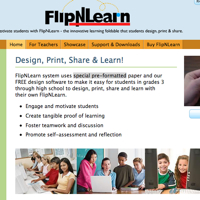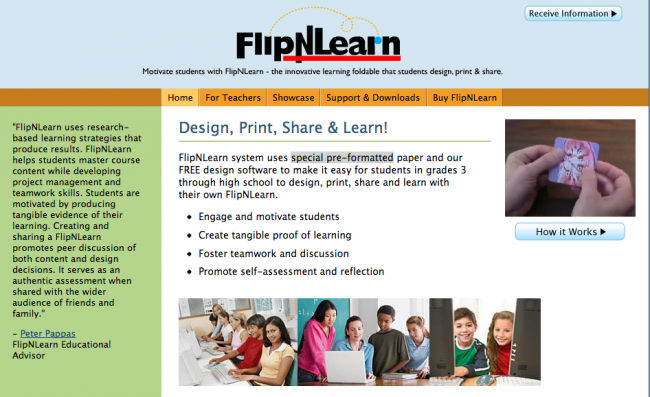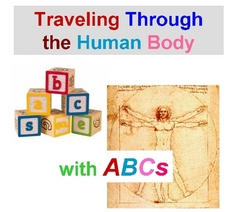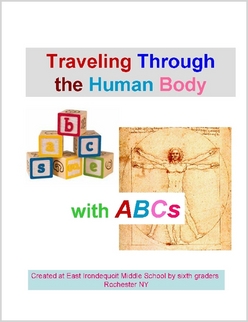I spent the month of February in Oregon giving a series of workshops across the state. But I didn’t do all the talking. I had many chances to listen to students, teachers, and administrators in a variety of settings – focus groups, planning sessions and classrooms walk-throughs.
 One question posed by a teacher captured a central challenge to education in the 21st century – “How do I put students in charge of thinking in my classroom?”
One question posed by a teacher captured a central challenge to education in the 21st century – “How do I put students in charge of thinking in my classroom?”
<<< North Bend OR 4th graders investigate the phases of the moon
Accountability is here to stay. There’s no going back to the “bell curve” of academic winners and losers. Life-long learning dictates that children will need to become self-directed learners. But too many teachers feel compelled to rush through course material to cover a multitude of benchmarks and standards. For them, the demands of time and testing, limit their opportunities to teach to greater depth.
My workshops attempt to point a way out of this dilemma. We take the approach that instruction must be organized to help students gradually take responsibility for their learning. We focus on idea that learning is relevant to students when the student:
- Understands how the information or skill has some application in their life.
- Has an opportunity to try their own learning approaches, rather than just learn the facts.
- Is not just learning content and skills, but is learning how they learn.
Teachers need support to make the transition to this style of instruction. Administrators need to reinforce the idea that teaching for greater depth beats teaching to the test. The curricula needs to be compacted to provide more time for students to explore their own approaches. Staff development and curriculum resources need to target more rigorous and relevant instructional models. Teachers should be given opportunities for faculty collegial interaction and classroom walk-throughs to showcase best practices.
These initiatives come with a reciprocal accountability. Administrators support teachers to foster greater rigor and relevance in the classroom. In return, they can expect to see those strategies being utilized when they visit the classroom.
I’m encouraged by the bright students and dedicated educators I met in Oregon – working together to redefine the 21st century classroom. As one teacher commented, “I realize that all children are capable of higher-level thinking. We need to continue teaching kids to think for themselves, teach each other, get involved… their futures depend on it.”




